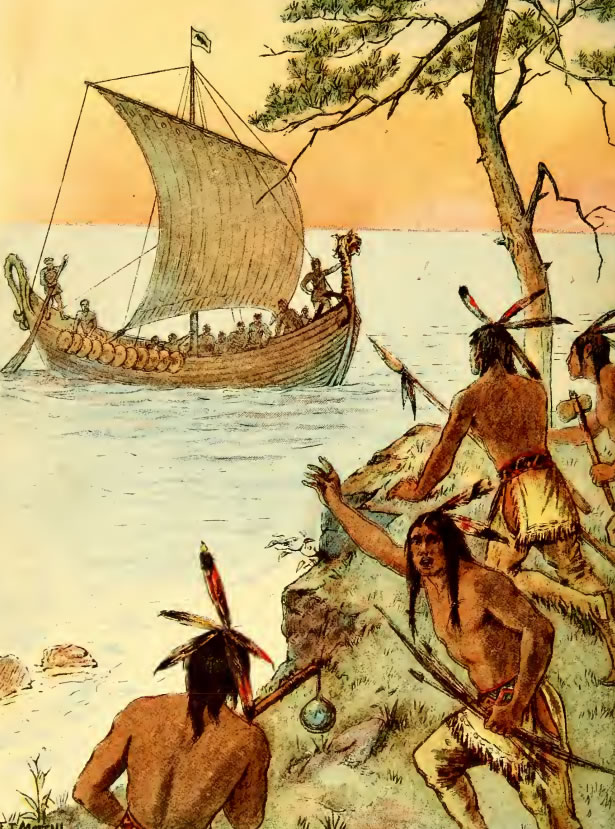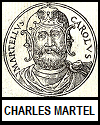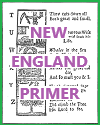Viking Explorers Approach America |
|---|
| www.studenthandouts.com > U.S. History > Colonial Period > Maps and Pictures |
 |
| This image depicts Native Americans seeing Europeans approach for the first time. Viking contact with North America occurred around the 11th century, well before Columbus's arrival.
Leif Erikson: Leif Erikson, a Norse explorer, is often credited with being the first European to set foot in North America. According to the sagas, he established a settlement in Vinland (likely located in modern-day Newfoundland, Canada) around the year 1000 AD. Vinland: Vinland was one of several places visited by the Norse during their explorations. It was characterized by a milder climate than other parts of North America, making it suitable for limited agriculture. Norse Sagas: Our knowledge of Viking contact with North America comes primarily from Norse sagas and archaeological discoveries. The sagas mention encounters with Indigenous peoples, whom the Norse called Skraelings. Short-Lived Settlements: The Norse presence in North America appears to have been relatively short-lived, lasting a few years or decades at most. Conflicts with Indigenous populations and challenges in sustaining the settlements may have contributed to their abandonment. Archaeological Evidence: Archaeological sites, such as L'Anse aux Meadows in Newfoundland, provide concrete evidence of Viking presence in North America. These sites include the remains of buildings and artifacts. While the Viking contact with North America did not lead to sustained European colonization, it represents an early chapter in the history of European exploration and interaction with the continent. |
| Colonial Period Books and Films | Colonial Period Learning and Study Games |
| Colonial Period Image Galleries | Colonial Period Outlines and PowerPoints |
| Colonial Period Miscellany | Colonial Period Worksheets |
| www.studenthandouts.com > U.S. History > Colonial Period > Maps and Pictures |












